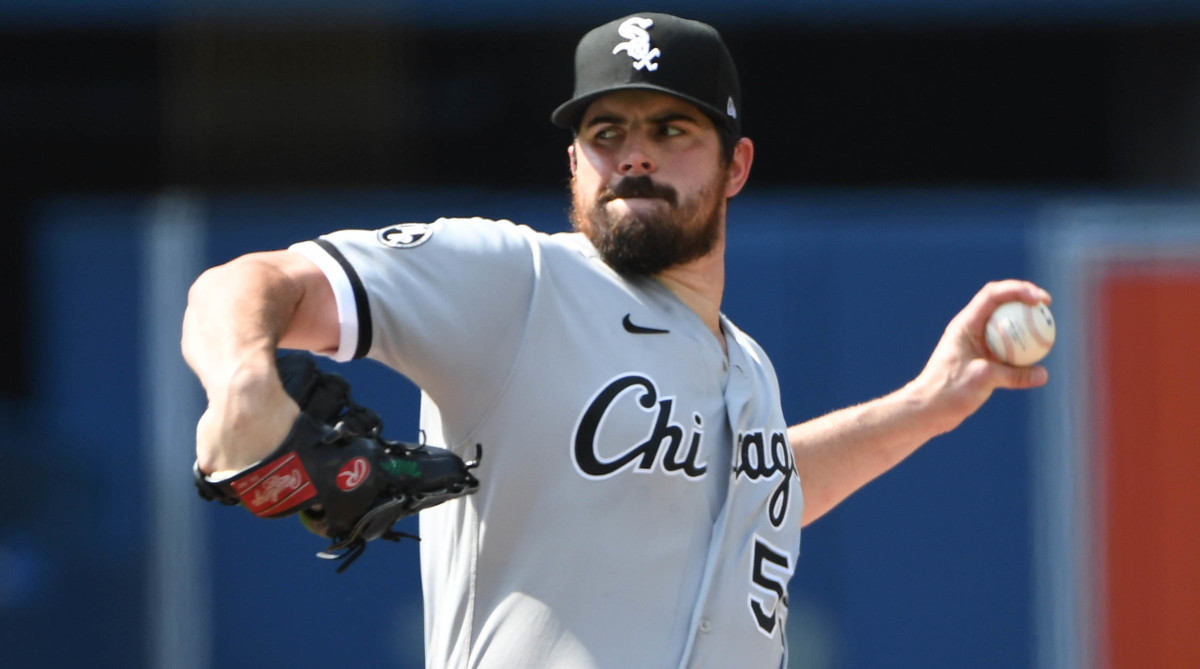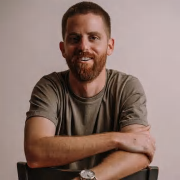Carlos Rodón Signing Shows Elite Starting Arms Have Value No Matter the Durability

Roughly 24 hours after the MLB lockout mercifully came to an end, the Giants made the first big move in free agency (part two), inking All-Star left-hander Carlos Rodón to a reported two-year, $44 million deal. The 29-year-old has an opt-out clause after the first year, giving him a chance at landing a long-term contract a year from now if he can replicate his success from 2021 (and stay healthy along the way).
The length of the deal and the average annual value should not come as a surprise considering Rodón’s profile. The former No. 3 overall draft pick has always been talented and injury plagued, and last season was no exception. After combining to throw just 42 1/3 innings in 2019 and ‘20, Rodón came out of the gates on fire in 2021. Through his first 16 starts, he struck out 140 batters in 96 2/3 frames, highlighted by a no-hitter in his second start of the season. He reached 100 pitches in eight of those starts, and lasted at least six innings in 10 of them, appearing to have fully ascended to the ace status that seemed to await him coming out of North Carolina State.
But then, unfortunately, the same old tune started to play. Injuries and fatigue limited him to only eight starts the rest of the way. Rodón was still effective—albeit less so than the season’s first half, and in smaller doses. His velocity dipped significantly, and he didn’t reach the 90-pitch threshold or log more than five innings in any of these starts, striking out 45 batters with 10 walks in 36 frames.

Workhorse aces who pitch every fifth day and routinely go seven innings have long become an antiquated concept. The pandemic-shortened 2020 season had a ripple effect on how teams deployed their starting pitchers, though it’s still sort of staggering that only four pitchers reached the 200-inning mark in 2021. That number stood at a whopping 45 in 2010; it fell to 34 in 2014, then 15 in 2016, where it stabilized until 2020.
The point is that a pitcher of Rodón’s caliber only being available for around 130 to 140 innings isn’t much of a concession considering his elite talent and production, coupled with how starters are generally used league-wide. Each of San Francisco’s four major-league free agent signings have been starting pitchers, so the club has taken key steps to bolster its rotation depth and help offset the loss of Kevin Gausman, who signed with the Blue Jays for the exact same average annual value as Rodón, just spread over five years.
Rodón’s deal is similar to that of another show-me contract by another oft-injured ace: Noah Syndergaard. Syndergaard signed a one-year, $21 million contract with the Angels after logging a total of two innings over the previous two seasons. When healthy, both are game-changing talents that would be at the top of any rotation. What this year’s starting pitching market has taught us is potentially dominant arms—even ones with the highest degree of injury risk—still command north of $20 million per year.
The Giants’ top four starting pitchers from last year combined for 116 starts, or about 72% of the season. Three of those four—Logan Webb, Anthony DeSclafani and Alex Wood—return, and the team also signed Alex Cobb to a two-year, $20 million deal. Are Rodón and Cobb enough to make up for the losses of Gausman and last year’s No. 5 starter, Johnny Cueto? Depending on your projection model of choice, the difference is about 1.0 WAR on either side. While models are obviously far from conclusive, it would appear, at least on the surface, that San Francisco has positioned itself well in an attempt to replicate some of last season’s success—at least from a pitching standpoint.
The National League West should be among the most competitive in baseball, and the Dodgers didn’t wait long after news of the Rodón signing broke to re-sign longtime ace Clayton Kershaw on a one-year deal. The Padres should be in the mix plenty as well, making the Giants’ successful pursuit of one of the game’s most capable arms a worthwhile one. San Francisco is an older team, but one very much still in its contention window. Rodón might not be the paragon of durability, but neither is the core of his new club. Given the sense of urgency for both parties, it might just be a perfect match.
More MLB Coverage:
• The Battle for Baseball’s Soul Continues
• Three Things to Watch for As Baseball Returns
• The MLB Lockout Is Over. Now the Chaos Begins.
• Baseball Avoids Disaster Just in Time for a Fresh Start
